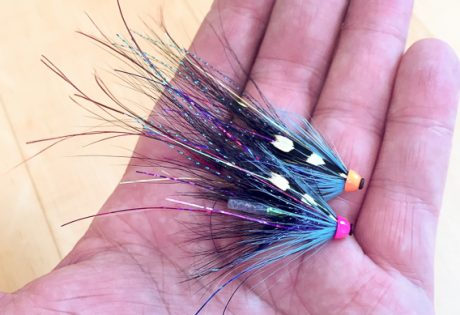
For many of us winter means fly tying season, and last week we shared with you 5 tips for tying neater/tidier looking flies. Missed it? Not to worry, hit the link to read it right now!
Knowing that Old Man Winter might keep you off the water for a couple more months, we figured we’d come at you 5 MORE tips for tying neater flies this winter. Keep reading and tie better flies today!
Tying Neater Flies – 5 (More) Tips
- Apply Cement To Your Thread. When tying smaller flies, a large gob of head cement can make an unsightly fly. When it comes time to finish off your fly, rather than applying cement directly to the head of the fly, try adding a dab of cement or glue to the thread above your bobbin before whip finishing.
- Trim Materials Beforehand. Trimming materials after they’ve been tied in leaves excess material to be covered – especially when adding materials at the head of the fly. Instead, aim to measure the proper length of your materials beforehand so no trimming is necessary once tied in.
- Choose Your Proportions. A common frustration among fly tyers is that when stockpiling several of the same patterns, some flies look great, while others do not so much. This is often due to an inconsistency in the proportions of the materials used. So, when you tie a pattern you’re happy with, study the length of materials in relation to fixed distances of the hook itself – the length of the shank, the distance of the hook gap, etc. That way, as you replicate the pattern, you’ll be able to produce neater flies on a more consistent basis.
- Use Quality Materials. While the topic of quality materials is well outside the scope of this post, the fact remains that poor materials can result in poor-looking flies. Before getting frustrated about the appearance of your patterns, take a good look at your materials. Great flies can not be tied with poor materials.
- Use Sharp Scissors. We say it all the time, but quality scissors are invaluable when tying flies. Non-uniform edges left from dull scissors have to be covered up with thread and are often hard to conceal. Scissors should easily cut through materials on the first snip leaving sharp, intentional edges that can be covered smoothly with thread.
Leave a Reply